Full Name Edris Stannus Name Ninette Valois Nationality English Role Choreographer | Siblings Gordon Anthony Years active 1900s–90s | |
 | ||
Education Lila Field Academy for ChildrenEdouard EspinosaEnrico CecchettiNicholas Legat Occupation Ballet DancerBallet TeacherChoreographerCompany Director Organization The Royal BalletBirmingham Royal BalletRoyal Ballet School Spouse Arthur Connell (m. 1935–1986) Books Come Dance with Me: A Memoir, 1898-1956, Step by Step: The Formation of an Establishment, Selected Poems Parents Lillith Graydon-Smith, Thomas Stannus Awards Order of Merit, Erasmus Prize, Albert Medal, Society of London Theatre Special Award Died 8 March 2001 (aged 102) Barnes, London, England, UK Similar Margot Fonteyn, Arthur Connell, Gordon Anthony | ||
Dame ninette de valois this is your life
Dame Ninette de Valois (6 June 1898 – 8 March 2001) was an Anglo-Irish dancer, teacher, choreographer, and director of classical ballet. She began life in Ireland as Edris Stannus. Most notably, she danced professionally with Serge Diaghilev's Ballets Russes, later establishing the Royal Ballet, one of the foremost ballet companies of the 20th century and still one of the leading ballet companies in the world. She also established the Birmingham Royal Ballet and the Royal Ballet School. She is widely regarded as one of the most influential figures in the history of ballet and as the "godmother" of English and Irish ballet.
Contents
- Dame ninette de valois this is your life
- Ninette de valois choreographic award 2017
- Life
- Vic Wells Ballet
- Turkish State Ballet
- Choreography
- Job 1931
- Other works
- Honours
- Awards
- Honoris causa degrees
- References
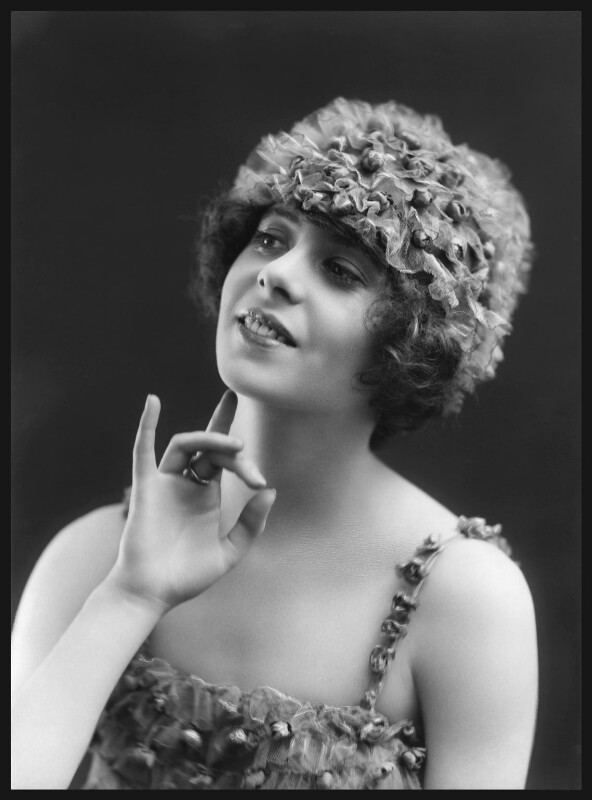
Ninette de valois choreographic award 2017
Life
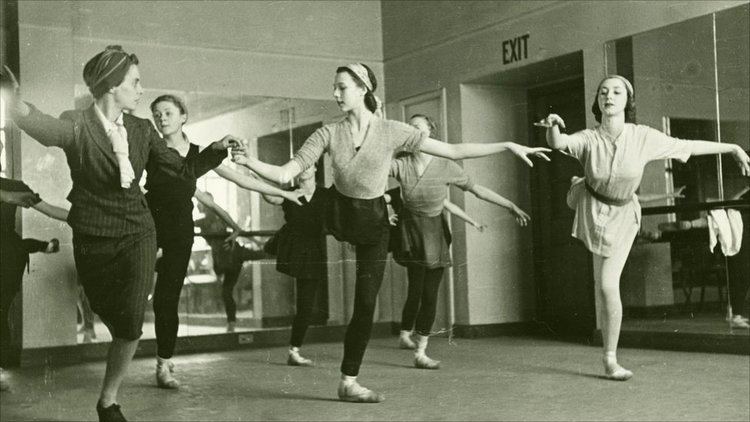
Ninette de Valois was born as Edris Stannus on 6 June 1898 at Baltyboys House, an 18th-century manor house near the town of Blessington, County Wicklow, Ireland, then still part of the United Kingdom, the second daughter of Lieutenant Colonel Thomas Stannus DSO, a British Army officer, by his marriage to Elizabeth Graydon Smith, a distinguished glassmaker known as "Lilith Stannus". and in 1905 moved to England, to live with her grandmother in Kent.
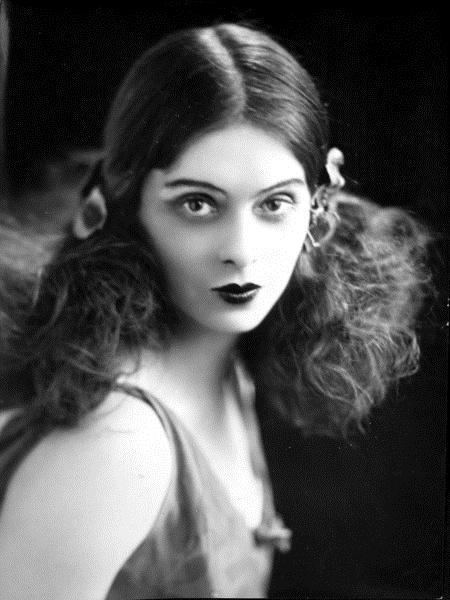
The young Edris Stannus started attending ballet lessons in 1908, at the age of ten, and at the age of thirteen she began her professional training at the Lila Field Academy for Children. It was at this time that she changed her name to Ninette de Valois and made her professional debut as a principal dancer in pantomime at the Lyceum Theatre in the West End. In 1919, at the age of 21, she was appointed principal dancer of the Beecham Opera, which was then the resident opera company at the Royal Opera House. She continued to study ballet with notable teachers, including Edouard Espinosa, Enrico Cecchetti and Nicholas Legat.
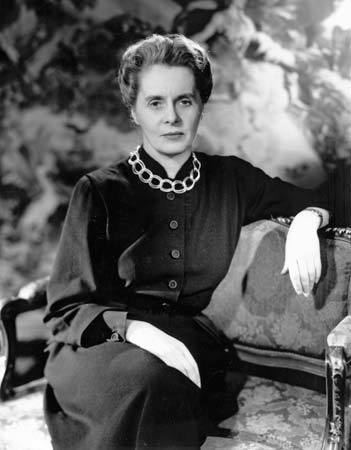
In 1923, Valois joined the Ballets Russes, a renowned ballet company founded by the Russian impresario Sergei Diaghilev. She remained with the company for three years, being promoted to the rank of Soloist, and creating roles in some of the company's most famous ballets, including Les biches and Le Train Bleu. During this time, she was also mentor to Alicia Markova who was only a child at the time, but would eventually be recognised as a Prima Ballerina Assoluta and one of the most famous English dancers of all time. Later in her life, Ninette de Valois claimed that everything she knew about how to run a ballet company she learned from working with Diaghilev.
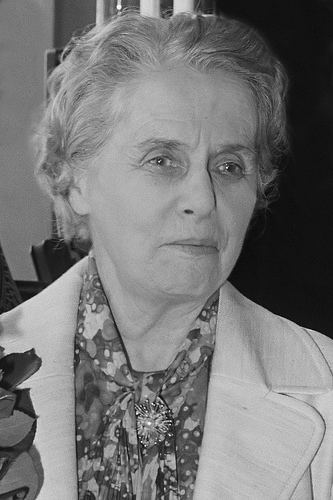
After leaving the Ballets Russes, in 1927, Valois established the Academy of Choreographic Art, a dance school for girls in London and the Abbey Theatre School of Ballet, Dublin. In London, her ultimate goal was to form a repertory ballet company, with dancers drawn from the school and trained in a uniquely British style of ballet. Students of the school were given professional stage experience performing in opera and plays staged at the Old Vic Theatre, with Valois choreographing several short ballets for the theatre. Lilian Baylis was the owner of the Old Vic at that time, and in 1928 she also acquired and refurbished the Sadler's Wells Theatre, with the intention of creating a sister theatre to the Old Vic. She employed Valois to stage full scale dance productions at both theatres and when the Sadler's Wells theatre re-opened in 1931, Valois moved her school into studios there, under the new name, the Sadler's Wells Ballet School. A ballet company was also formed, known as the Vic-Wells Ballet. The Vic-Wells ballet company and school would be the predecessors of today's Royal Ballet, Birmingham Royal Ballet and Royal Ballet School.
From November 1927 to July 1933, Ninette de Valois was responsible for the setting up and the programming of the Abbey Theatre School of Ballet in Dublin, at the request of W. B. Yeats, one of the founders of the Abbey Theatre. During these years she produced a number of ballets each year, mostly to her own choreography. She also worked with music especially commissioned from Irish contemporary composers such as Harold R. White's The Faun (April 1928), Arthur Duff's The Drinking Horn and John F. Larchet's Bluebeard (both in July 1933).
In 1935, she married Dr Arthur Blackall Connell (1902 – 1987), an English surgeon. She was his second wife. The union was childless, but Valois had two step-sons, including Dr David Blackall Connell (born 1930), who, in 1955, married Susan Jean Carnegie, a daughter of John Carnegie, 12th Earl of Northesk; they had two sons and a daughter.
In April 1964 she was the subject of This Is Your Life, when she was surprised by Eamonn Andrews at the home of the dancer Frederick Ashton in London. She continued to make public appearances until her death in London at the age of 102.
Vic-Wells Ballet
At its formation, the Vic-Wells ballet had only six female dancers, with Ninette de Valois herself working as lead dancer and choreographer. The company performed its first full ballet production on 5 May 1931 at the Old Vic, with Anton Dolin as guest star. Its first performance at Sadler's Wells came a few days later, on 15 May 1931. As a result of the success of the ballet company, Valois hired new dancers and choreographers to work with the company. She retired from the stage herself in 1933, after Alicia Markova joined the company and was appointed as Prima Ballerina.
Under Ninette de Valois's direction, the ballet company flourished in the 1930s, becoming one of the first Western dance companies to perform the classical ballet repertoire made famous by the Imperial Russian Ballet. She also set about establishing a British repertory, engaging Frederick Ashton as Principal Choreographer and Constant Lambert as Musical Director in 1935. She also choreographed a number of her own ballets, including her most notable works, Job (1931), The Rake's Progress (1935) and Checkmate (1937).
Eventually the company included many of the most famous ballet dancers in the world, including Margot Fonteyn, Robert Helpmann, Moira Shearer, Beryl Grey, and Michael Somes. In 1949 the Sadler Wells Ballet was a sensation when they toured the United States. Margot Fonteyn instantly became an international celebrity.
In 1947, Valois established the first ballet school in Turkey. Formed as the ballet school of the Turkish State Opera and Ballet in Istanbul, the school was later absorbed into and became the School of Music & Ballet at Ankara State Conservatory, a department of the Hacettepe University.
Ninette de Valois was not one to rest on her laurels, though. She made sure that her company had a constant supply of talent, and in later years it had such stars as Svetlana Beriosova, Antoinette Sibley, Nadia Nerina, Lynn Seymour, and, most sensationally, Rudolf Nureyev. She also invited choreographers like Sir Kenneth MacMillan and George Balanchine to work with her company. She formally retired from The Royal Ballet in 1963, but her presence continued to loom large in the company.
Turkish State Ballet
As with ballet in the British Isles, Ninette de Valois exerted a great deal of influence on the development of ballet in Turkey, which had no prior history with the art form. The Turkish Government invited her to research the possibility of establishing a ballet school in the country, and she subsequently visited the country in the 1940s, going on to open a school following the same model as her Sadler's Wells Ballet School in London. Initially, very few people took the project seriously, but the school did become firmly established and led to the development of the Turkish State Ballet.
After training the first set of pupils at the new Turkish Ballet School, Valois subsequently produced a number of early performances by the state ballet company, permitting guest appearances by Royal Ballet dancers including Margot Fonteyn, Nadia Nerina, Anya Linden, Michael Somes and David Blair. She mounted productions of the traditional classical repertoire including Coppélia, Giselle, Don Quixote, Swan Lake and The Nutcracker, as well as the contemporary ballets Les Patineurs, Les Rendezvous and Prince of the Pagodas by Frederick Ashton, and her own ballets The Rake's Progress, Checkmate and Orpheus.
In 1965, Ninette de Valois produced and choreographed the first full-length work created for the new Turkish State Ballet. Titled Çeşmebaşı (At the Fountain), the ballet was the first to feature music composed by a Turkish Composer, Ferit Tuzun, and its choreography incorporated elements of Turkish folk dance. Further ballets followed, and the ballet company continued to develop. Today, ballet continues to be a thriving art form in Turkey, with the ballet school that Valois established now forming part of the State Conservatory for Music and Drama at the Ankara State Conservatory.
Choreography
Ninette de Valois first established herself as a choreographer producing several short ballets for the Old Vic Theatre, London. She also provided choreography for plays and operas at the theatre, all of which were performed by her own pupils. After forming the Vic-Wells ballet, her first major production, Job (1931), was the first ballet to define the future of the British ballet repertoire.
Later employing Frederick Ashton as the company's first Principal Choreographer in 1935, they collaborated to produce a series of signature ballets, which are recognised as cornerstones of British ballet. These included her other famous works, The Rake's Progress (1935) and Checkmate (1937).
Job (1931)
The oldest ballet in the Royal Ballet repertoire, Job is regarded as a crucial work in the development of British ballet and was the first ballet to be produced by an entirely British creative team. The ballet was produced and choreographed by Valois, with a commissioned score entitled Job, a Masque for Dancing, written by Ralph Vaughan Williams, with orchestrations by Constant Lambert and designs by Gwendolen Raverat. The libretto for the ballet was written by Geoffrey Keynes and is based on William Blake's engraved edition of the Book of Job from the Hebrew Bible. Consisting of eight scenes, the ballet is inspired by Blake's engravings and so de Valois choreographed the ballet using predominantly mimed actions to create a simple decorative effect.
Despite the choreography of the ballet being described as 'uneven', Job features a number of well known dances, which continue to be performed regularly. The most recognised extracts are Satan's Dance, an acrobatic solo for a male dancer, the dance of Job's comforters, and the satirical expressionist dances representing War, Pestilence and Famine. Job had its world premiere on 5 July 1931, and was performed for members of the Camargo Society at the Cambridge Theatre, London. The first public performance of the ballet took place on 22 September 1931 at the Old Vic Theatre.
Other works
Ninette de Valois' other works include:
Honours
Ninette de Valois was appointed Commander of the Order of the British Empire (CBE) on 1 January 1947 and was promoted Dame Commander (DBE) on 1 January 1951. She became a Companion of the Order of the Companions of Honour (CH) on 31 December 1981 and was honoured by HM The Queen with the Order of Merit (OM) on 2 January 1992.
She was appointed Chevalier de la Légion d'Honneur on 1 May 1950 and received the Order of Merit of the Republic of Turkey on 2 January 1998.
Awards
Ninette de Valois received the Bronze award presented for services to Ballet from the Irish Catholic Stage Guild in 1949. She was the first recipient of the Royal Academy of Dance Queen Elizabeth II Coronation Award in 1953–1954. She was made Honorary Fellow of the Royal Academy of Dance on 19 July 1963 and of the Imperial Society of Teachers of Dancing on 8 March 1964 In 1964 she received the Royal Society of Arts Albert Medal and in 1974, the Praemium Erasmianum Foundation Erasmus Prize. The Queen Elizabeth II Silver Jubilee Medal was awarded on 7 June 1977 and the Royal Opera House Long Service medal in 1979.
She received the Critics' Circle Award for Distinguished Service to the Arts in 1989 and the Society of London Theatre Laurence Olivier Award Special Award in 1992.
In the United States, she received the Dance Theatre of Harlem Emergence Award on 27 July 1981.
Honoris causa degrees
Ninette de Valois received Doctor of Music (DMus) degrees from the University of London in 1947, the University of Sheffield on 29 June 1955, Trinity College, Dublin in 1957 and Durham University in 1982.
She received DLitt from the University of Reading in 1951, the University of Oxford in 1955 and the University of Ulster in 1979.
In 1958 she received an LLD from the University of Aberdeen and on 5 July 1975 Doctor of Letters from the University of Sussex.
